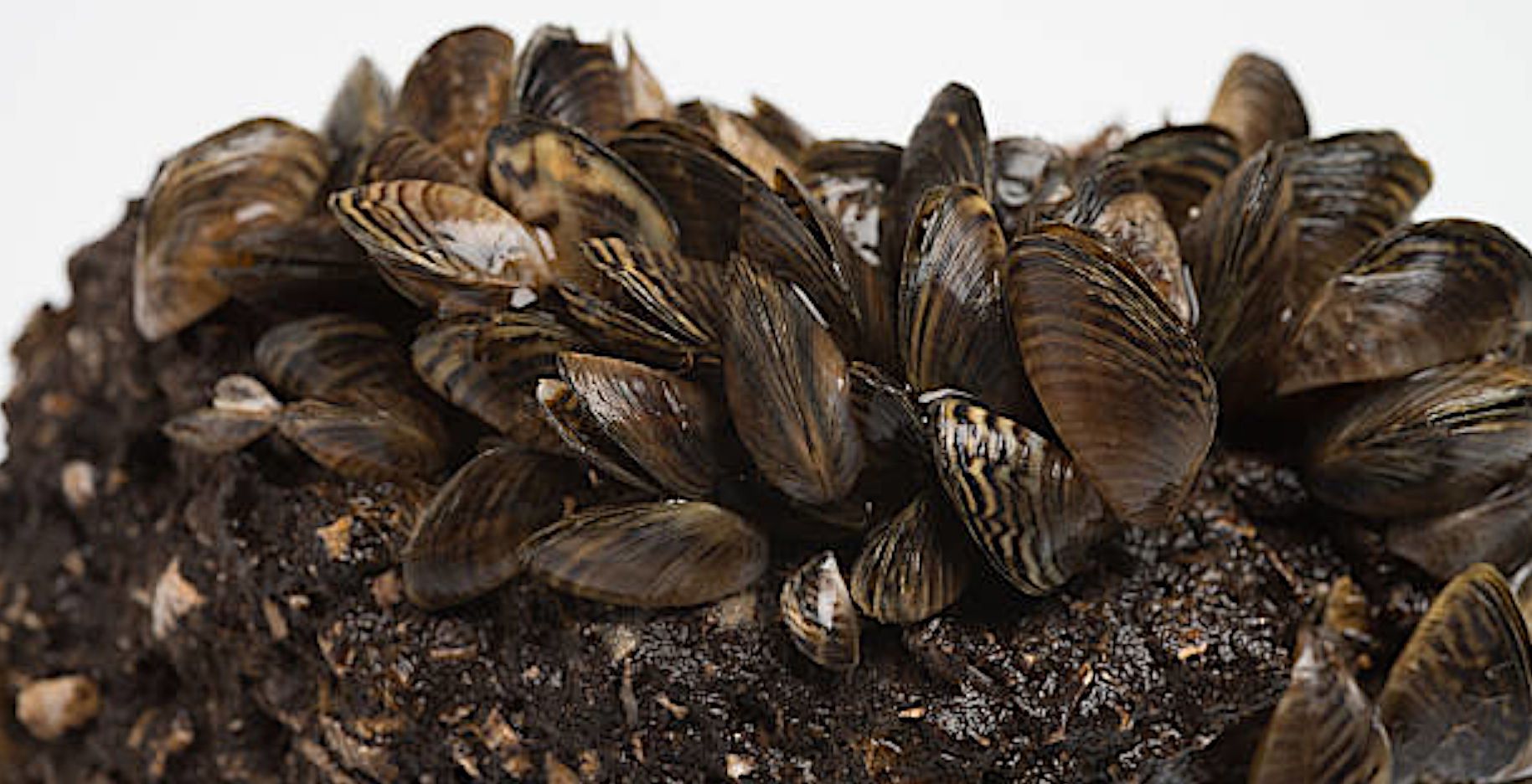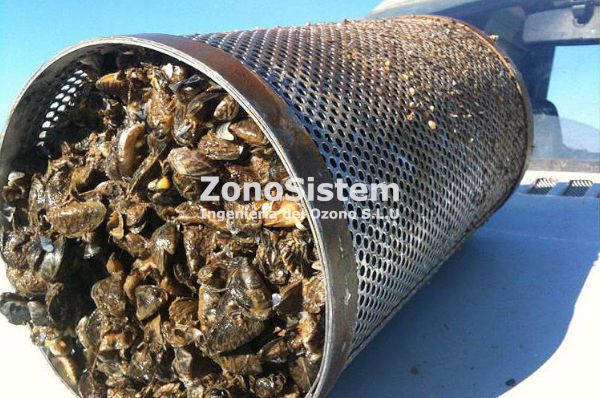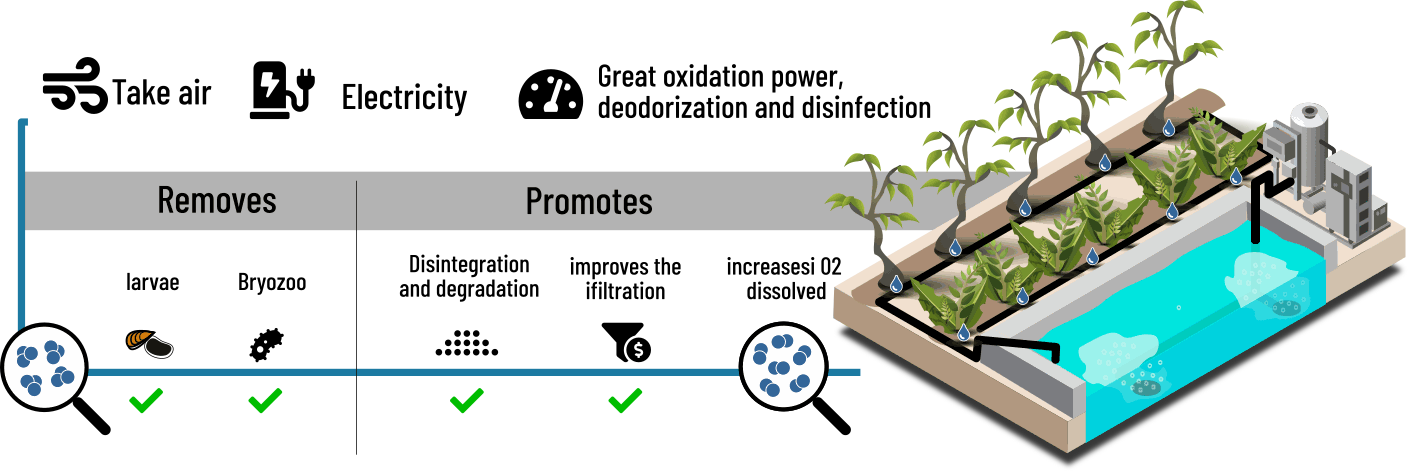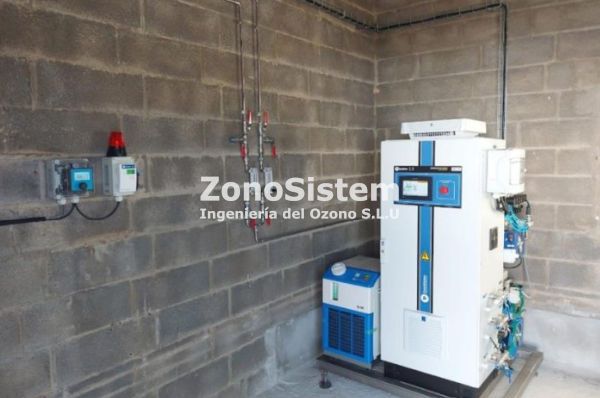Ozone in the control of the zebra mussel and other invasive species
The use of ozone to control the zebra mussel in agricultural irrigation ponds is an effective and sustainable option because it does not leave any toxic residue as other chemical products would.

Zebra Mussel (Dreissena polymorpha) Contact us »

The zebra mussel, an invasive species native to Europe and Asia, has become a major problem for agricultural irrigation ponds around the world.
Accidentally introduced to the United States in the 1980s, this species has spread rapidly and caused significant damage to aquatic ecosystems.
Zebra mussels cling to hard surfaces, such as the walls of irrigation ponds, and reproduce rapidly, which can cause clogging of irrigation systems and decreased storage capacity of water in agricultural irrigation ponds.
Advantages and benefits of ozone in an irrigation pond
Ozone is a powerful oxidant that has the ability to kill bacteria, viruses, fungal spores, and other organisms, such as nematode eggs and invasive species such as zebra mussels, Asian clams, bryozoans... When ozone is introduced into a irrigation, the gas dissolves in the water and begins to kill the organisms present.

Advantages offered by ozone against the control of the Zebra Mussel (Dreissena polymorpha) Contact us »
- Ozone is a powerful oxidant, capable of destroying larvae of different invasive species.
- Ozone causes the disintegration and degradation of organic matter, solubilizing part of it.
- The treatment with ozone in ponds installed according to our instructions eliminates the presence of invasive species.
- The water will increase its concentration of dissolved oxygen, assimilable by the root, improving the development of the crop.
Ozone against invasive species
Ozone and its by-products (hydroxyl groups and superoxide ions) are the most oxidizing compounds in existence (below only fluorine).
Requires short contact time
High miscibility in water (mix at any ratio)
Quick and effective action, without residue.
Lewis (1993) obtained mortality of 100% of the larval phase of Dreissena polymorpha with dosages of 0.5 mg/l for 5 hours and in adult specimens of 0.5 mg/l for 7-12 days.
Success story with ozone in an irrigation pond
Custom engineering project
GRZO400 EPSF Generator
Diffuser grid in front of collection pipe
Redox control in catchment area
Redox control in pipelines

Generator installed in shed Contact us »

Before and after the placement of the ozone diffuser grid in the catchment Contact us »
